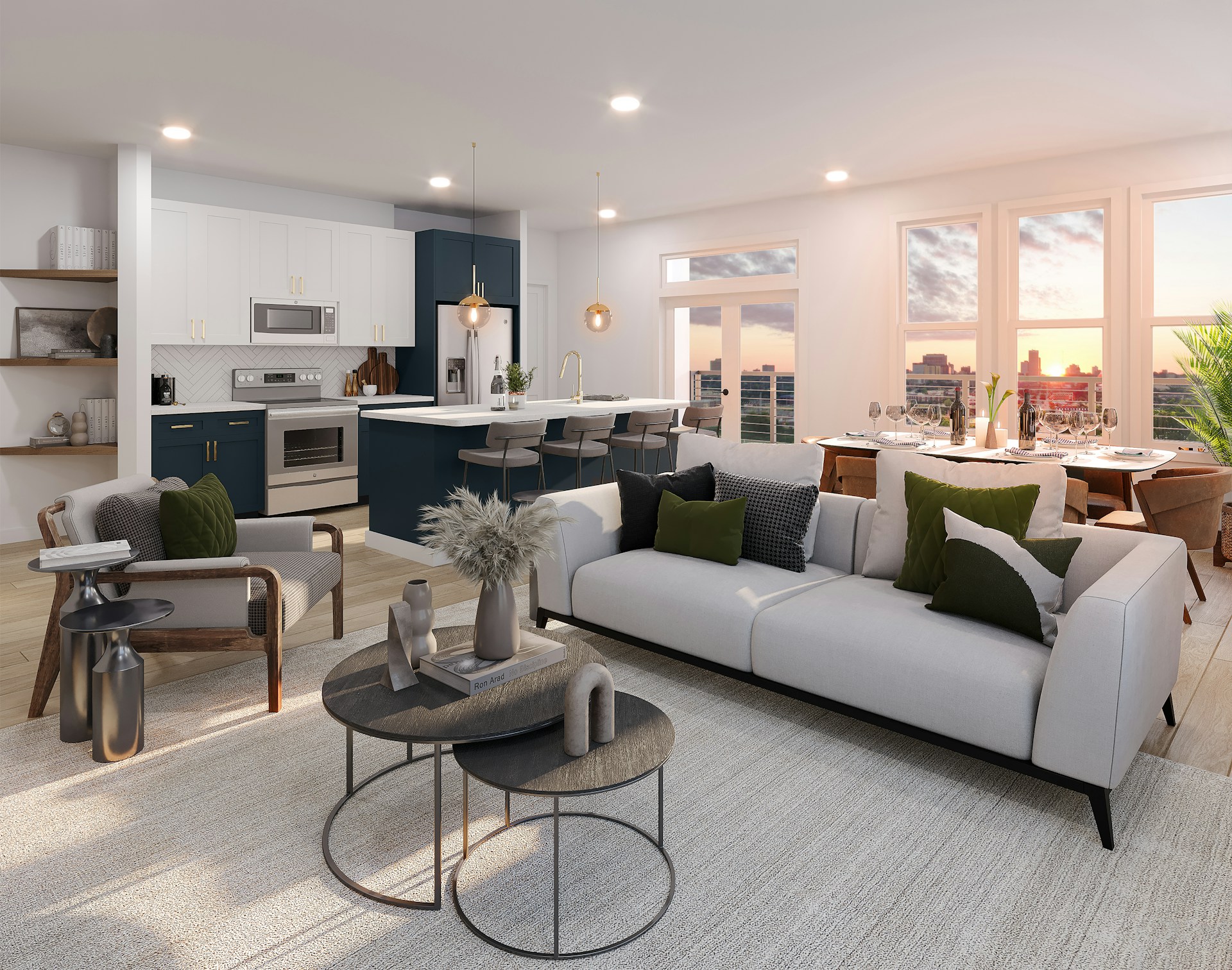7 Home Modifications That Cut Energy Costs by 30%
Energy bills have been climbing steadily in recent years. In fact, the U.S. Energy Information Administration (EIA) reported a 5% increase in the average residential electricity rate over the last year alone. As energy demand continues to rise and renewable energy still has a long road ahead, the cost of powering your home shows no sign of slowing down. If you haven’t noticed this jump on your bill, it’s time to start paying attention. But don’t worry — there are plenty of home improvements that can dramatically cut those costs, saving you hundreds, or even thousands, of dollars annually.
The Real Numbers Behind Energy Savings
When homeowners start researching energy solutions, they often search for “skylights near me” and other natural lighting options online. Here’s why this search makes financial sense. Skylights and other natural light sources can drastically reduce your reliance on artificial lighting, especially during daylight hours. In fact, adding a single skylight can reduce your electric bill by as much as 10%. For a larger home, the savings could be even more significant. But skylights are just one example of the many simple yet impactful home improvements that can lower your energy costs.
From insulation upgrades to modern thermostats, each improvement has the potential to cut your energy consumption by 30% or more. Here are some of the best modifications you can make to save money while increasing your home’s comfort.
Natural Light Sources That Work All Day
Harnessing natural light is one of the simplest and most cost-effective ways to reduce your energy bills. By utilizing the sun’s energy to light and heat your home, you can cut back on electricity costs while enhancing your living space’s ambiance. Let’s explore how skylights and other natural light sources can help you save money throughout the year.
How Skylights Cut Your Electric Bill
Skylights are one of the easiest ways to harness natural light and reduce your dependency on electric lighting. Not only do they add a unique design feature to your home, but they can also help regulate your indoor temperature by allowing sunlight to warm your space naturally. On average, homeowners can save between $200 and $600 annually by adding a skylight, depending on the size and location of the installation.
What Skylights Actually Cost vs Save
Skylight prices can range between $1,000 and $3,000, depending on the type and installation complexity. But don’t be alarmed by the upfront cost — the savings quickly add up. The average payback period for a skylight is just 4 to 6 years. This means that over time, you’ll actually end up saving money, making this a smart investment.
DIY or Hire a Pro
While installing a skylight may seem like a project you could tackle yourself, it’s often better to hire a professional. Proper installation ensures that the skylight is sealed correctly, preventing any energy loss or leakage. Plus, many professionals can offer a warranty, giving you peace of mind knowing the work is done right.
Better Insulation Means Lower Bills
Proper insulation is one of the most effective ways to reduce your energy bills. By preventing heat from escaping or entering your home, you reduce the amount of energy needed to maintain a comfortable temperature. Let’s dive into how upgrading your insulation can lead to significant savings.
Attic Insulation That Pays Back Fast
Upgrading your attic insulation is one of the best ways to boost your home’s energy efficiency. As heat rises, poorly insulated attics let warmth escape, forcing your heating system to work harder. Insulating your attic can save you up to 30% on your heating costs. In some cases, homeowners see a full return on investment in just three to five years.
Wall Insulation Worth Considering
While attic insulation is essential, don’t overlook your walls. Older homes often have little to no wall insulation, which can lead to significant energy loss. Insulating your walls can help keep your home warmer in the winter and cooler in the summer, saving up to 10% annually on your energy bills. While the initial cost may be higher, the long-term benefits are well worth it.
Smart Thermostats That Work
A smart thermostat can do wonders for your energy bills. These devices learn your habits and automatically adjust the temperature to match your schedule, ensuring you’re not wasting energy when you’re away or asleep.
Basic vs Smart Thermostat Savings
Traditional thermostats can be inefficient, especially if they’re not programmed to optimize energy use. Smart thermostats, on the other hand, can save you 10% to 15% on heating and cooling costs each year by automatically adjusting based on your routine. This small change can have a big impact on your monthly bills.
Real User Savings Data
Users of smart thermostats report significant savings. According to the U.S. Department of Energy, homeowners who switch to a smart thermostat can save between $100 and $180 annually. The more you combine this with other energy-saving upgrades, the higher your total savings.
Windows That Stop Energy Leaks
Windows are another common source of energy loss. Upgrading to energy-efficient windows can make your home more comfortable while lowering your energy costs.
Double vs Triple Pane ROI
Single-pane windows are notorious for allowing heat to escape, but upgrading to double or triple-pane windows can significantly reduce your energy consumption. These windows create an insulating barrier, keeping your home at a comfortable temperature year-round. While triple-pane windows have a higher initial cost, they can provide even greater energy savings in the long run.
Window Replacement Costs and Timeline
Replacing old windows with energy-efficient options can be expensive, costing anywhere from $300 to $1,000 per window. However, this investment pays off over time with energy savings, often recovering the cost within 8 to 10 years. Additionally, new windows can enhance your home’s aesthetic and comfort.
LED Lights Throughout Your Home
Lighting is an often-overlooked energy drain. Replacing traditional bulbs with LEDs can result in immediate savings. Here’s why making the switch is a smart financial move.
Whole House LED Upgrade Costs
The upfront cost of upgrading to LED lighting is about $500 to $1,000 for an average home. However, the savings on your electricity bill make it worth the investment. LED bulbs use up to 75% less energy than incandescent bulbs and last up to 25,000 hours, meaning you’ll spend less on replacements over time.
Long-term LED Savings
Though LED bulbs are more expensive initially, their long lifespan and energy efficiency make them a great investment. Over time, the savings can add up to hundreds of dollars, making LED lighting one of the most cost-effective energy upgrades you can make.



Leave a Reply